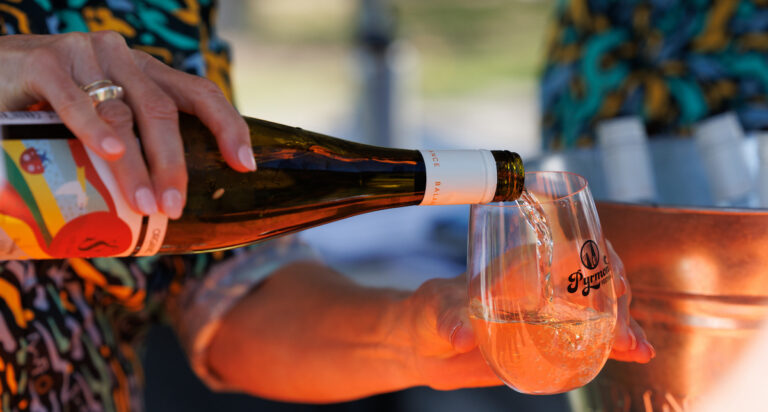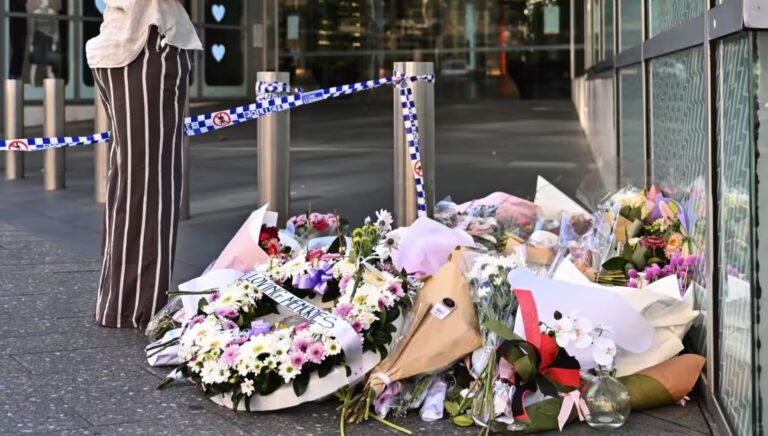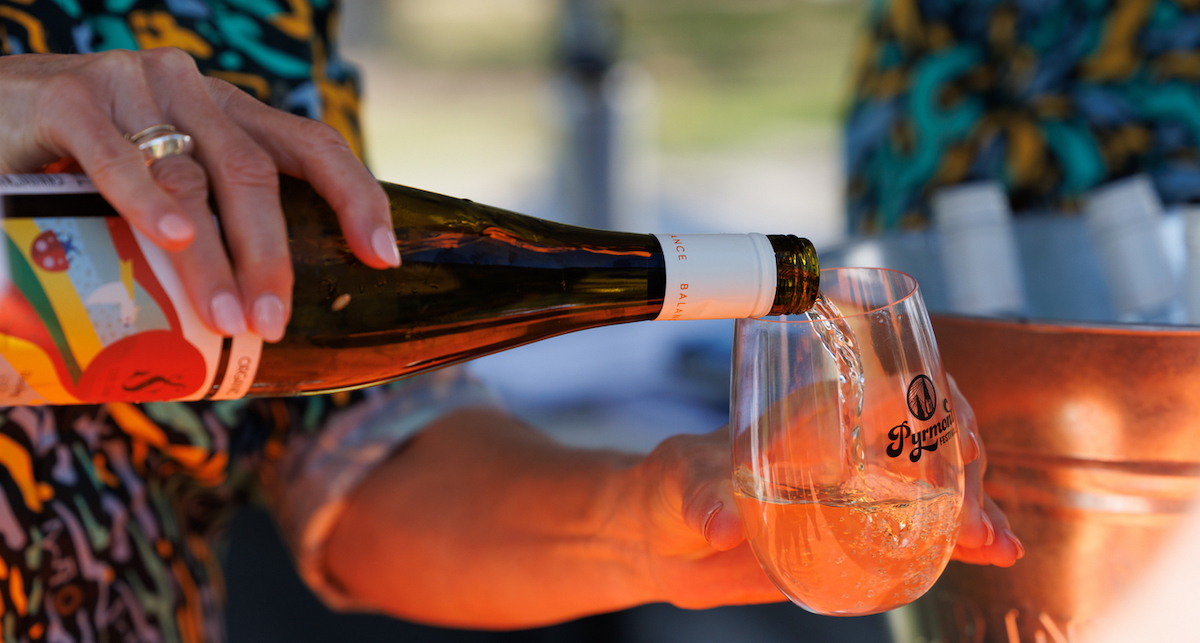
Naked City: Dead as a dodo – Sydney’s extinct species

The dodo was a remarkable animal first sighted by Dutch sailors on the island of Mauritius in 1598. Seventy years later, after extensive hunting, the massive flightless bird was extinct – bound for immortalisation in the works of Lewis Carroll but never to tread this mortal coil again. Australia has had many dodos over the last two hundred years, notably the ill-fated Tassie Tiger. We have a shameful record when it comes to the extinction of native species.
But what about the more urban environment, notably the City of Sydney, and those ‘species’ which no longer grace our everyday lives? It’s stretching a point to call them ‘extinct’ but they are largely no longer visible and we are certainly poorer for their demise. The Botanic Gardens were once home to up to thirty thousand fruit bats but whilst a handful remains, the majority have all but disappeared. Their final destination remains a complete mystery, the subject of a number of sinister conspiracy theories, but one thing’s for sure – no longer will we witness that spectacular sunset flyover when thousands of the cute little critters filled the CBD skies.
Up until a couple of months ago sulphur-crested cockatoos were a common sight around the city despite a number of cruel council culls. Maybe they have finally got the message because we haven’t sighted one in weeks. Likewise pigeon numbers also seem to be on the slide and we put this down to the rapid decline of those kind but eccentric souls who regularly fed these flying rats with loaves of stale bread and other tasty titbits. Perhaps the City Council could look to St Mark’s Square in Venice where the daily gathering of thousands of pigeons has long been a huge tourist attraction. Cultivating and concentrating them in one particular area, like the shores of Barangaroo, would provide not only a huge photo op but also the added bonus of harvesting their guano (aka pigeon shit) and recycling it as fertiliser in the city’s parks and gardens.
And what about the colony of domestic white cats who once inhabited the lofty heights of the old pylon lookout on the Harbour Bridge? These fearless felines would often prowl the narrow guard rail with legend suggesting that one or two actually slipped and fell to a grizzly death below, becoming the only road kill ever recorded on the bridge. These days the only cats ‘at large’ you’ll encounter in the CBD environs are the ferals of Woolloomooloo, with even their once much dreaded alpha tom, the elusive ‘Woollymooloo Panther’, a victim of Crown Street roadkill.
Possums, rats and cockroaches seem to be holding their own and perhaps that has something to do with their nocturnal lifestyle but the city is clearly no longer the haven of urban wildlife it was some years ago. The portent of the apocalypse has arrived in the shape of the now much-despised ibis, the grubby, marauding, long-beaked, garbage-looter that has been known to rip sandwiches from the hands of unsuspecting office workers in Hyde Park. Banned, culled and relocated by the City Council, their numbers seem as prolific as ever and one can only imagine a futuristic scene in which this mighty metropolis has been devastated by a nuclear blast or the ravages of global warming.
Almost every former living species is now extinct in this future fantasy, humans included, but the shrewd and sneaky ibis survives, scavenging the remains of a decadent and uncaring civilisation like a ghostly white vulture. Laugh if you like but we certainly think that it’s all food for thought. Perhaps the next time a hungry ibis approaches you in the park, rather than shoo it away, you’ll choose to share your sandwich with it. Who knows when Armageddon will finally descend – as early as next week it could be your radiated bones that the ibis is slowly picking over rather than your Portuguese chicken wrap.









